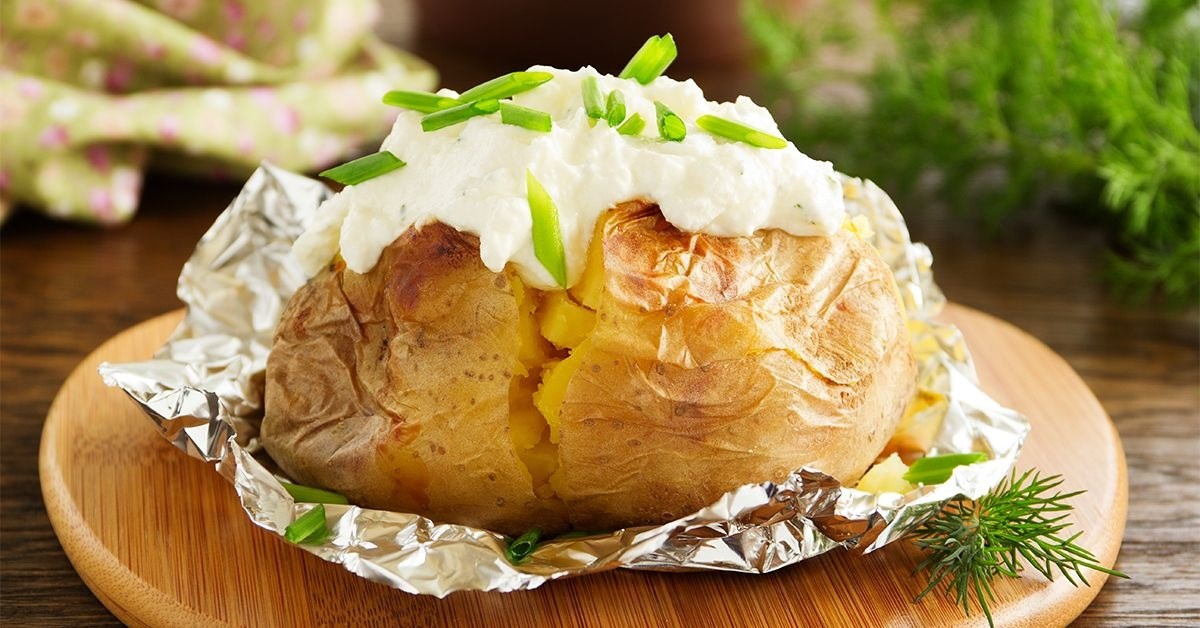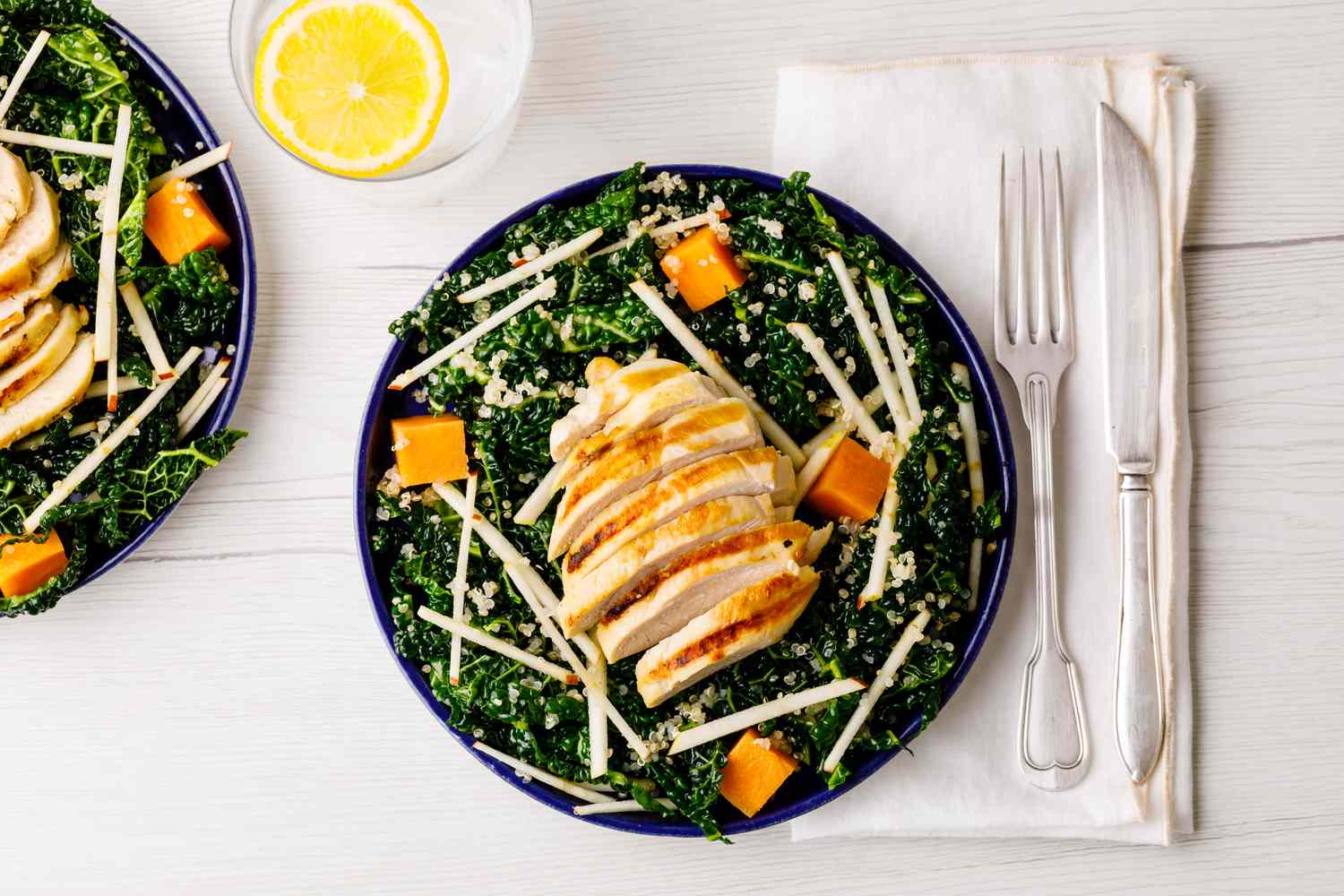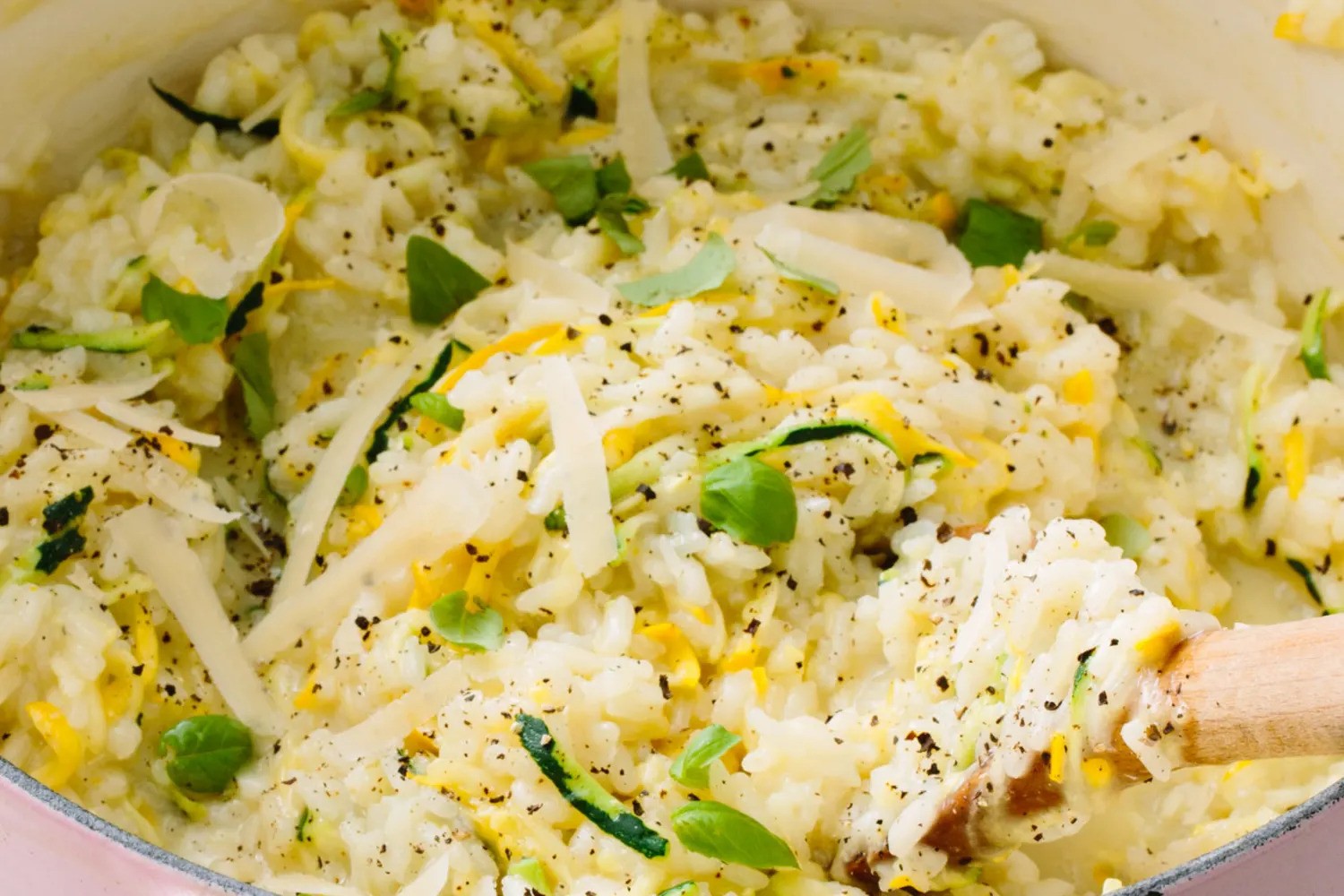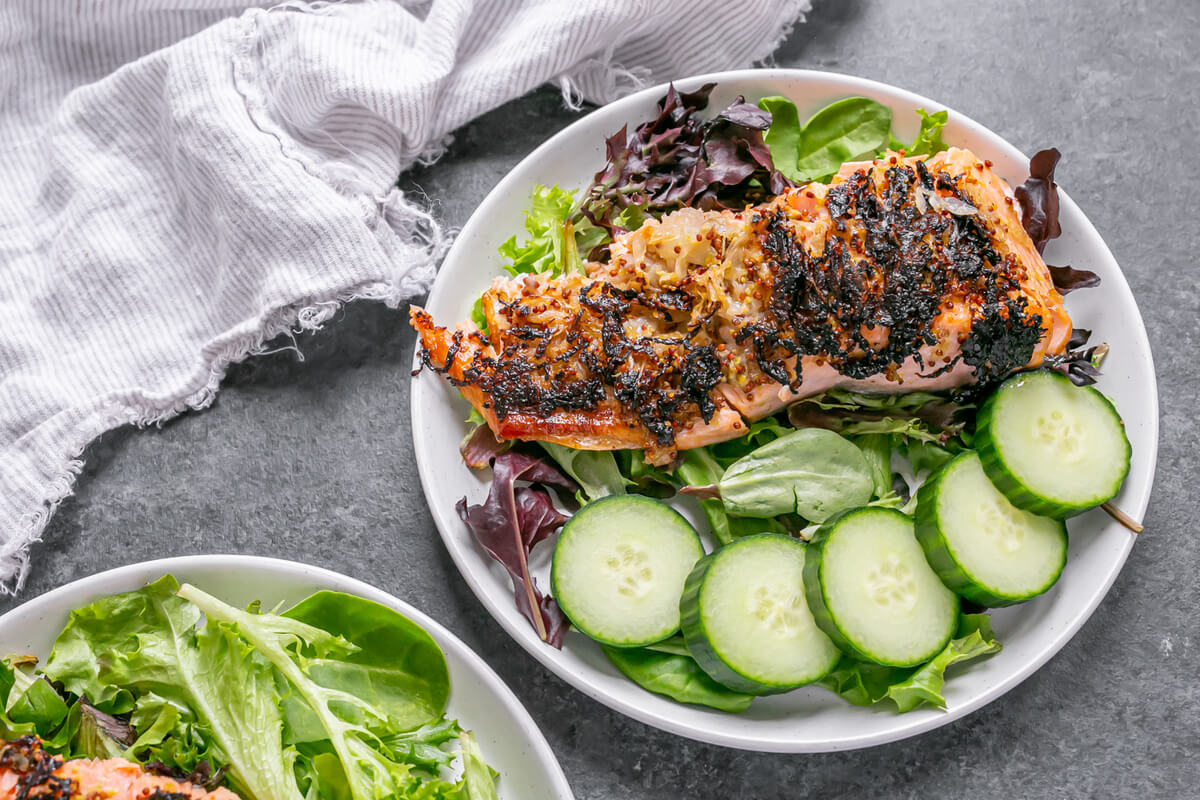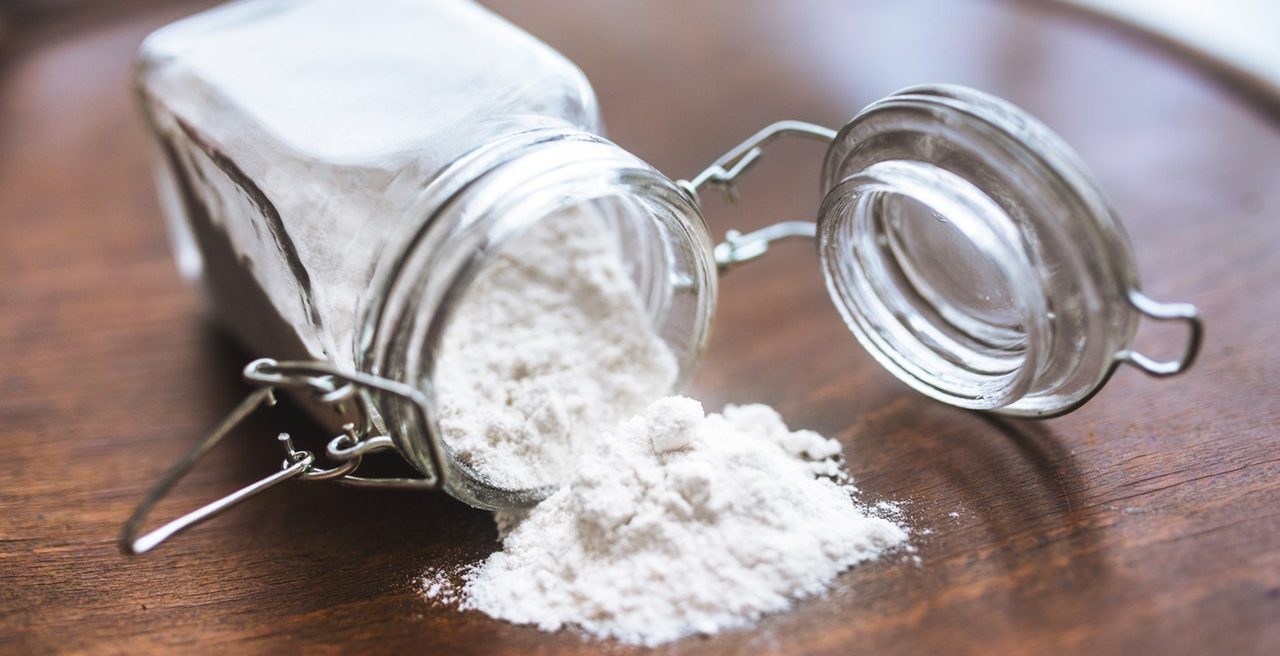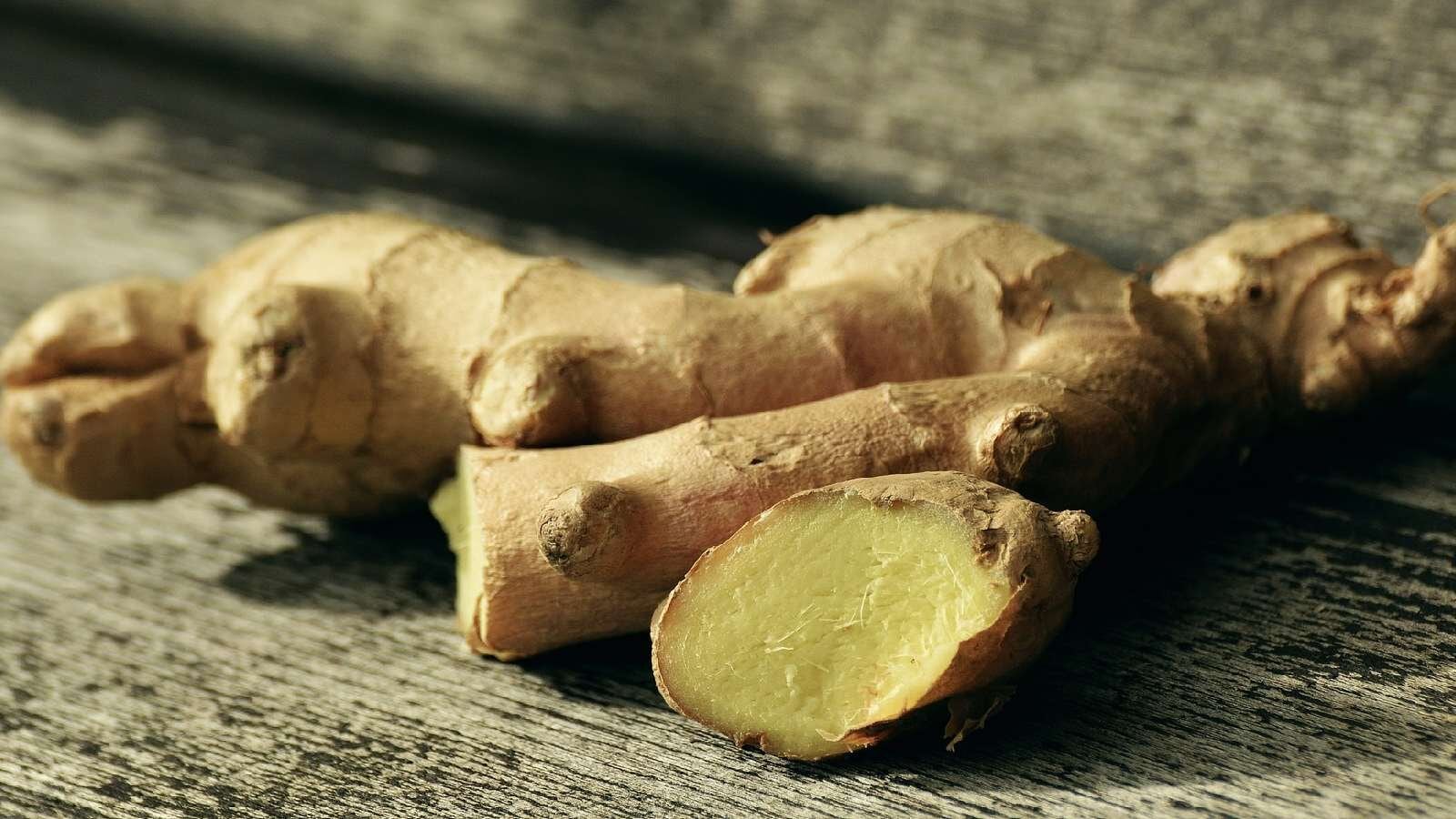Understanding Acid Reflux and Its Impact on Eating
Acid reflux, also known as gastroesophageal reflux disease (GERD), is a condition that occurs when the stomach acid flows back into the esophagus, causing discomfort and irritation. For individuals living with acid reflux, mealtime can be a challenging experience. However, with the right approach to eating, it is possible to manage the symptoms and enjoy a variety of delicious foods without exacerbating the condition.
Key Strategies for Eating with Acid Reflux
Here are some effective strategies to help you navigate mealtime with acid reflux:
1. Opt for Lean Proteins
When choosing proteins, opt for lean options such as chicken, turkey, fish, and tofu. These options are less likely to trigger acid reflux symptoms compared to high-fat meats.
2. Incorporate High-Fiber Foods
Fiber-rich foods like fruits, vegetables, and whole grains can help promote healthy digestion and reduce the likelihood of acid reflux. Be sure to include these foods in your daily diet.
3. Practice Portion Control
Overeating can put pressure on the stomach and lead to acid reflux. Practice portion control by eating smaller, more frequent meals throughout the day to alleviate the burden on your digestive system.
4. Avoid Trigger Foods
Identify and avoid foods that tend to trigger your acid reflux symptoms. Common trigger foods include spicy dishes, citrus fruits, tomatoes, and caffeinated beverages. By steering clear of these triggers, you can minimize discomfort during and after meals.
5. Mindful Eating
Take your time to eat and chew your food thoroughly. Eating slowly and mindfully can help reduce the likelihood of experiencing acid reflux symptoms. Additionally, avoid lying down immediately after eating to allow for proper digestion.
Meal Ideas for Acid Reflux
Here are some meal ideas that are gentle on the digestive system and suitable for individuals with acid reflux:
Breakfast
- Egg white omelet with spinach and whole grain toast
- Oatmeal topped with sliced bananas and a drizzle of honey
Lunch
- Grilled chicken salad with mixed greens and a light vinaigrette
- Quinoa and vegetable stir-fry
Dinner
- Baked salmon with steamed asparagus and brown rice
- Vegetable and tofu curry with quinoa
Conclusion
Living with acid reflux doesn’t mean you have to miss out on enjoyable meals. By making mindful food choices, practicing portion control, and avoiding trigger foods, you can effectively manage your symptoms and savor a wide range of delicious, reflux-friendly dishes. Remember, it’s essential to consult with a healthcare professional to develop a personalized eating plan that suits your individual needs and preferences.


